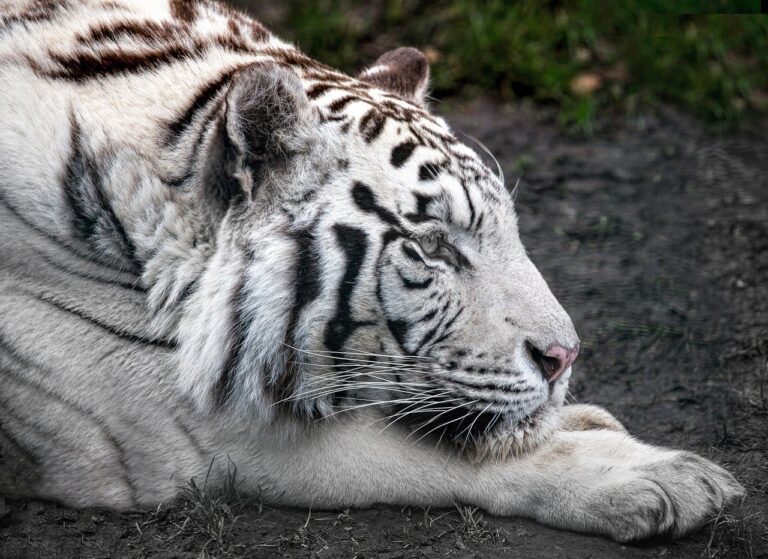The English language terms utilized in the category of swords is imprecise and has actually differed extensively with time. There is no historical dictionary for the universal names, category or terms of swords; A sword was just a double edged knife. Historical terms without a universal agreement of meaning were used to label weapons of similar appearance however of different historical periods, local cultures and fabrication technology. These terms were often explained in relation to other unassociated weapons, without regard to their intended use and fighting style. In modern-day history, many of these terms have been offered specific, frequently arbitrary significances that are unassociated to any of their historical significances.
One side-effect of clay tempering is a Hamon line. This is a noticeable line produced by different pigmentations of the steel marking where the clay was applied. Just swords that are clay tempered have a natural Hamon. Swords that aren’t clay tempered may have a Hamon – but it is used by a special liquid and is not part of the steel.
There are a variety of swords that stem from Europe, most especially the two-handed sword. This type includes the Scottish claymores and longswords. These swords were so enormous that they needed to be wielded with two hands. This is the kind of sword you ‘d see in the film The Lord of the Rings. Another significant kind of sword is the rapier. The design of the rapier, a long narrow blade with a sharp point, makes it perfect for thrusting. In fact, many rapier blades are not sharp other than at the idea. Another important component of the rapier is its intricate hilt style that safeguards the hands during battle. From chinese dao sword , you likewise get the smallsword and the epee, which are generally used for fencing and ornamental attire.
Stainless Steel type of steel has chromium, which makes the blade tougher, softer, and more rust resistant than comparative carbon steels. Knives and swords made from stainless-steel are usually not formed by creating, however by stock removal (comparable to sculpting rock). Because such swords are not made by standard approaches, they are not legal for import, thus none of our swords are stainless steel. Carbon Steel type of steel is represented by a special 4-digit code. Because we are worried about swords, we will primarily stick to steels signified by 10XX. The “10” represents plain carbon steel, and the XX for the amount of carbon in the steel, in hundredths of one percent.
Japanese nihonto swords are another type of Asian sword. A samurai sword, likewise called a katana, falls under this classification. The common characteristic of nihonto swords is their long, single-edged blade. It is fairly standard-sized compared to the series of the other Japanese swords and has a long deal with, so it can be accepted two hands. Other deserving Japanese swords include the odachi, tachi, nodachi, tsurugi and wakizashi.
A sword is an edged, bladed weapon planned for manual cutting or thrusting. Its blade, longer than a knife or dagger, is attached to a hilt and can be straight or curved. A thrusting sword tends to have a straighter blade with a pointed suggestion. A slashing sword is more likely to be curved and to have a sharpened cutting edge on one or both sides of the blade. Numerous swords are designed for both thrusting and slashing. The accurate definition of a sword varies by historical epoch and geographical area.
A sword is generally differentially tempered by applying clay to the blade (called clay tempering). The blade is heated, clay is applied to the spine, then the blade is cooled. chinese Tachi sword , with no clay covering, cools quickest, becoming really hard, while the spinal column cools slower, remaining reasonably soft and flexible.
Chinese swords, there are 2 significant differences: the dao sword and the jian sword. The Chinese dao swords were developed during China’s Bronze Age and have a number of distinct characteristics. They generally have a somewhat curved single-edged blade and were best for thrusting and slicing throughout conflict. The 2nd crucial Chinese sword is the jian sword. Unlike the dao, which is known as the “General of All Weapons,” the jian is known as the “Gentleman of All Weapons” since it is an extremely simple double-edged sword.
Subscribe to Updates
Get the latest creative news from FooBar about art, design and business.
